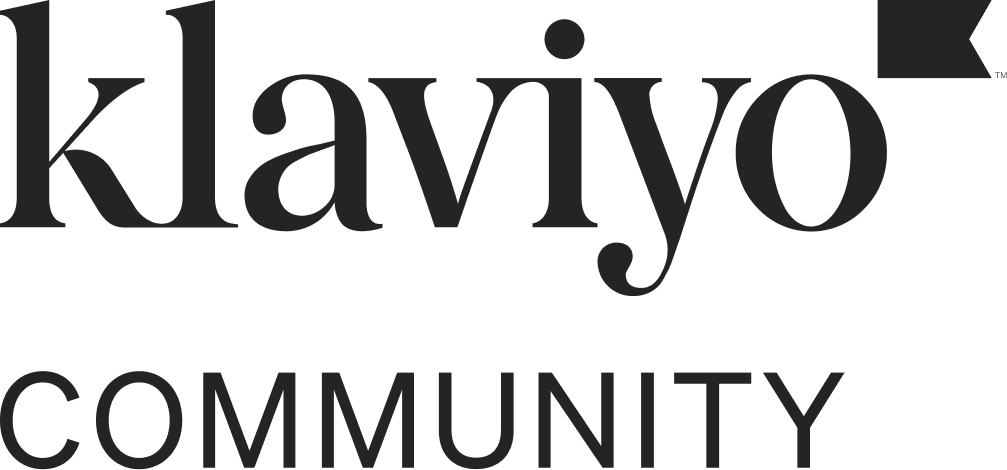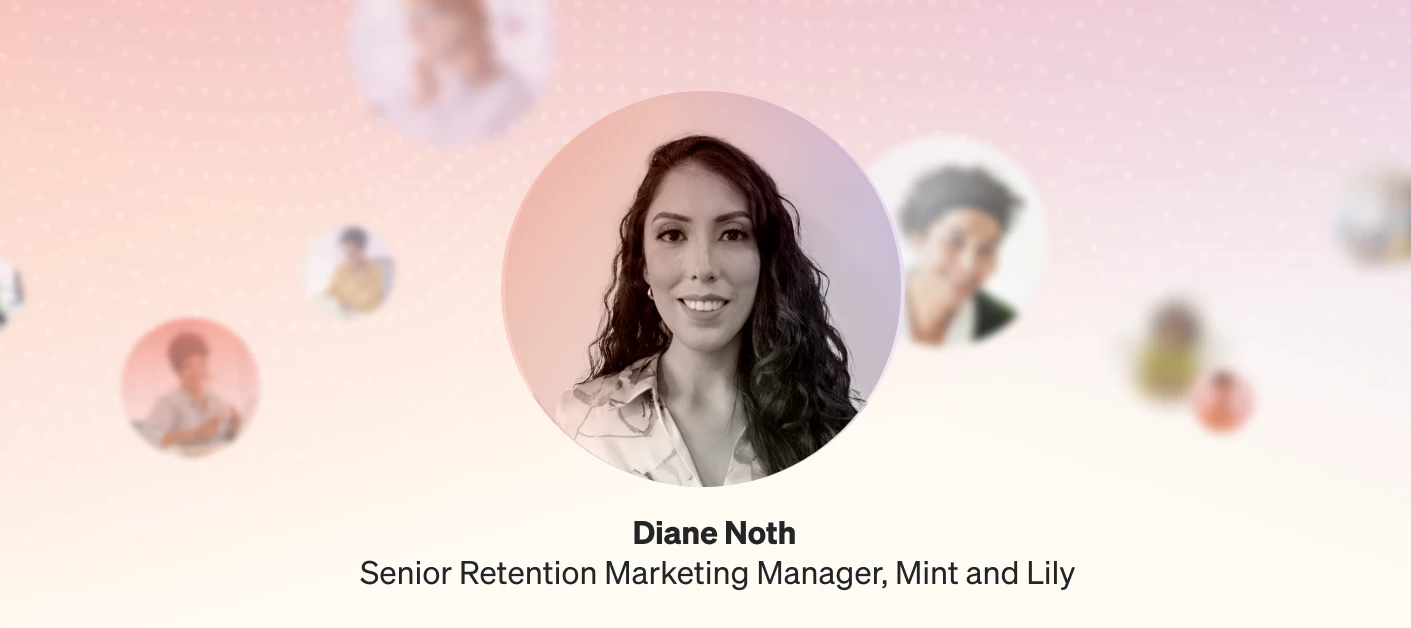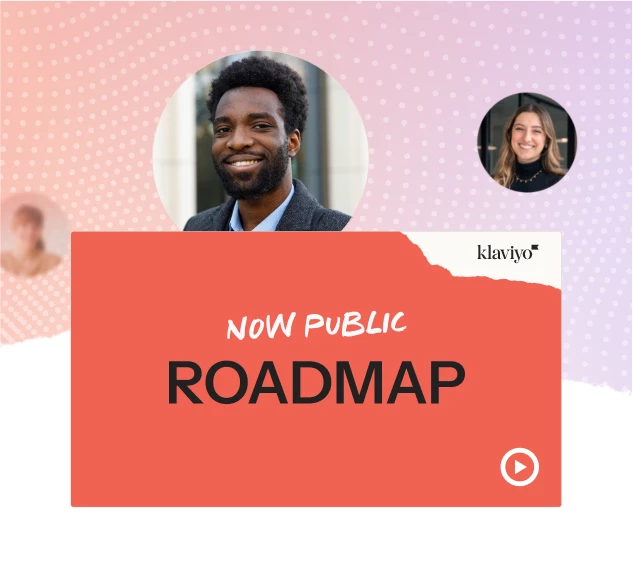After more than a decade in digital marketing, and seven years focused on email and SMS retention, I’ve learned that no two brands build their automations the same way. Still, in fashion and beauty, a few flows consistently drive the biggest results.
These are the foundational automations I rely on to strengthen customer relationships, boost repeat purchases, and create a seamless experience from first impression to loyal advocate.
The essential flow stack
Welcome Series
Your welcome flow is your first chance to set the tone for your brand relationship. Don’t rush it.
Convert new interest into a first purchase while introducing your brand story. Trigger this flow on list signup, and separate new subscribers from existing customers for the first few sends.
I like to start with three messages:
- Your why: Start by delivering the offer and sharing a concise origin story.
- Your proof: Follow up with social proof, fit or shade guidance.
- Your help: Finish with an email that helps the shopper build a routine or complete a look.
Klaviyo AI can help draft subject lines and preheaders and support product recommendations that adapt to each subscriber. Use SMS to deliver the code instantly and send a gentle reminder a few hours later.
Aim for click-through rates above 3-5% and a conversion rate of 2-4%, with revenue per recipient that outperforms your standard campaigns.
Browse Abandonment
When someone browses but doesn’t add to cart, they’re signaling curiosity, not indecision.
Keep your follow-up simple and helpful. I’ve found the sweet spot is showing:
- The product viewed
- A complementary item
- A premium version
Nudge window shoppers while their interest is fresh. Trigger this flow when a visitor views a product but doesn’t add it to their cart.
Show the exact item they viewed along with a few similar styles or shades. Link to fit or shade finders and categorize by inventory, use urgency-focused copy for low-stock items, and route out-of-stock variants to a back-in-stock signup.
AI-powered recommendations based on viewed product similarity work especially well here. A short SMS reminder can also lift recovery if you respect quiet hours and frequency caps.
The best browse email I’ve seen had only three tiles: the product viewed, a near twin, and a price step up. When the team added eight more tiles, click concentration fell and revenue per recipient dropped. Fewer choices, clearer outcome.
Cart Abandonment
Cart abandonment flows are powerful, but only if they address the “why.”
Recover high-intent traffic without leaning too heavily on discounts. Trigger this flow when someone adds to cart but doesn’t check out after a few hours, and exclude recent purchasers.
Lead with a reminder that reinforces value through materials, ingredients, fit notes, or the results the product delivers. Follow with common objection handling–like shipping, returns, or FAQs.
Consider a light incentive only for price-sensitive segments, using smart coupons with short expiry. Klaviyo’s send-time optimization and predictive analytics for cross-sells can increase recovery without raising your discount rate.
Abandon Checkout
If someone begins checkout but stalls, timing matters.
Trigger this flow one to two hours after checkout starts but no order is placed.
Use Shopify data to populate shipping options, taxes, or total costs, eliminating the unknowns that stop a sale.Prioritize reassurance on delivery times, returns, and secure payment. Keep tone helpful and transparent: “Still need help checking out? Here’s what to expect for delivery.”
If taxes or duties often cause friction, address them directly. Use SMS sparingly for a final reminder, and reserve incentives for cohorts with low predicted conversion. For many brands, this becomes the highest revenue-generating flow per recipient.
Post-Purchase
Your post-purchase flow is where the real loyalty work begins.
Segment by product type and customer lifecycle (first vs. repeat purchase). I like to structure it as:
- Thank + educate – Gratitude first, then care or usage tips.
- Social proof + UGC ask – Encourage photo reviews or “how I use it” shares.
- Cross-sell or routine builder – Suggest the next logical product based on category.
In my experience educational post-purchase content has reduced returns and driven faster repurchase cycles.
Replenishment
Replenishment flows are the retention marketer’s secret weapon.
Drive predictable lifetime value by reminding customers at just the right time. Use “days since fulfillment” together with Klaviyo’s predicted next order date to schedule reminders. For example, moisturizers often replenish in about a month, retinol or other activities in six to eight weeks, and shampoos or conditioners in four to six weeks.
Include tips that improve results and highlight subscribe-and-save benefits. SMS works well here as a quick, one-tap reorder option.
Winback
Re-engage lapsed customers before they churn.
Trigger on no purchase within a category-specific window or on predicted churn.
Use creative that revisits their original motivation. For fashion, highlight a new-season look or editor picks. For beauty, focus on the core concern, like acne or dryness, and suggest a routine builder or discovery kit.
Lead with value and exclusivity rather than discounts, and escalate incentives only for low-value or highly price-sensitive segments.
Advanced and value-add flows
Cross-Sell and Upsell
Move beyond basic “also-bought” logic.
For fashion, suggest the matching set, care accessories, or a seasonal layer that completes the outfit. For beauty, follow regimen logic, cleanse, treat, moisturize, protect, or add the right tool to improve application.
Klaviyo AI recommendations can populate these modules automatically from your catalog signals.
Back-in-Stock Alerts
Capture demand for limited editions and fast-moving variants.
Build waitlists at the variant level so size or shade is explicit.
When inventory returns, send the alert immediately and cap sends by available stock to avoid overselling. SMS performs especially well for this moment.
The most effective back-in-stock subject line I’ve seen was the simplest: “It’s back in your size.” The key is variant precision.
VIP and Loyalty Recognition
Identify high-value shoppers using total orders, lifetime value, or predicted lifetime value.
Offer early access to drops and shade expansions, special colorways, double-points days, or concierge support for sizing and shade matching.
Surprise-and-delight gestures, like a thank-you after a third order or a birthday reward, quietly increase loyalty without training customers to wait for discounts.
Closing thoughts
Every flow here shares a common goal: reduce friction, personalize thoughtfully, and make every customer interaction feel intentional.
In fashion and beauty, retention is built on trust, and trust grows through consistency, relevance, and education.
If you’ve found new ways to optimize these flows or use Klaviyo AI for personalization, I’d love to hear about them. Share your ideas here in the Klaviyo Community so we can keep learning from one another.




![[Academy] Deliverability Certificate Forum|alt.badge.img](https://uploads-us-west-2.insided.com/klaviyo-en/attachment/505f2253-cde5-4365-98fd-9d894328b3e0_thumb.png)



